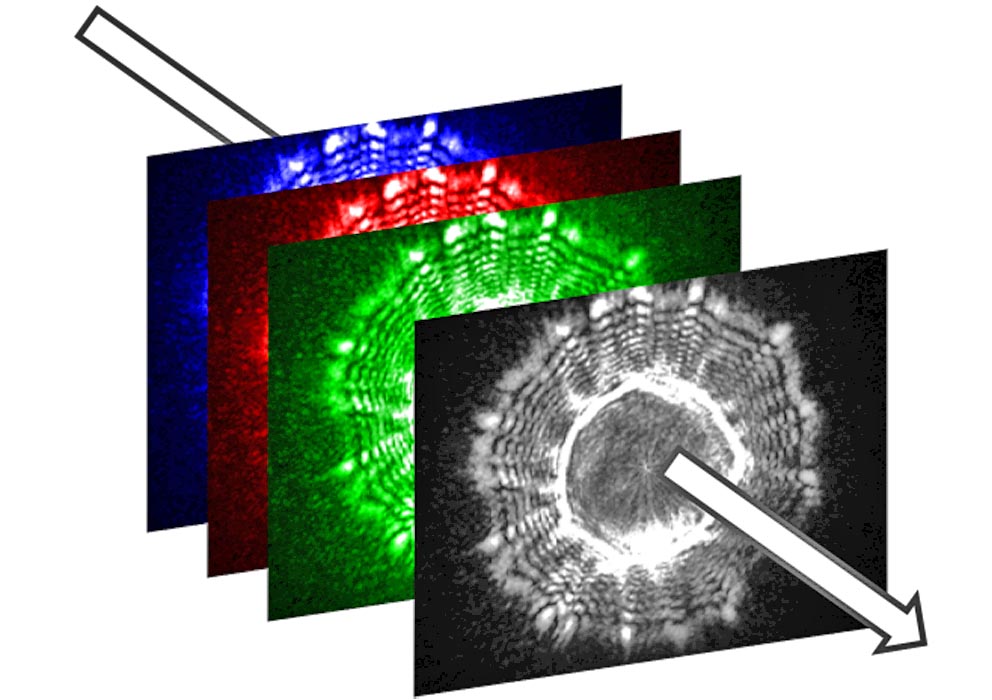Bacterial colonies play an important role in the isolation and identification of bacterial species, and plating on a petri dish is still regarded as the gold standard for confirming the cause of an outbreak situation. A bacterial colony consists of millions of densely packed individual bacteria along with matrices such as extracellular materials. When a laser is directed through a colony, complicated structures encode their characteristic signatures, which results in unique forward scattering patterns. Analyzing these unique patterns, we can classify and identify the bacteria genera. This technique is called FSP (Forward Scattering Phenotyping), and the technique is based on scalar diffraction theory.
Development of BARDOT (BActeria Rapid Detection using Optical Scattering Technology):
DDSURF is a group of software codes developed to model electromagnetic light scattering from small, arbitrarily shaped features on or near flat surfaces. These codes were developed especially to be used as a tool for the semiconductor industry where optical detection and characterization of structure defects and particle contamination on silicon wafers is essential to improve production yield. The scattering response of an illuminated feature is modeled by using the discrete-dipole approximation method (DDA), where discrete electric dipoles are used to simulate the electromagnetic response of a feature.
About DDSURF Software Also investigating:
Bacterial colonies consist of myriad of individual bacterium along with some extracellular materials. This means that they form complex communities of cells, behaving differently based on physical and chemical environment where their macro and microscopic morphology can be spatially distributed. Recent introduction of the forward scattering patterns from bacterial colonies have indicated their different physical properties during their growth. In order to understand the biophysics behind this phenomenon, a confocal displacement meter was used to measure the profiles of the bacterial colonies, together with a custom built OD (Optical Density) process unit for simultaneous measurement. The developed system was able to deliver quantitative growth dynamics (height, diameter, aspect ratio, OD, etc) of the bacterial colony which is a foundational to understand the growth mechanisms and relationship to the forward scattering patterns.

In the USA alone, there are 25.8 million people with Diabetes (8.3% of the population). While the finger-stick method is still considered the gold standard for glucose monitoring for diabetes, it can be difficult, costly, and inconvenient. We propose a new, non-invasive method for monitoring glucose using elastic light scattering. This research was sponsored by Samsung Global Research Outreach.

Graphene nanopetals have great potential in sensors and batteries. But how can you manufacture nanomaterials at a commercial scale? Purdue University received a $1.5 million grant from the National Science Foundation to investigate how to make nanomanufacturing scaleable.

